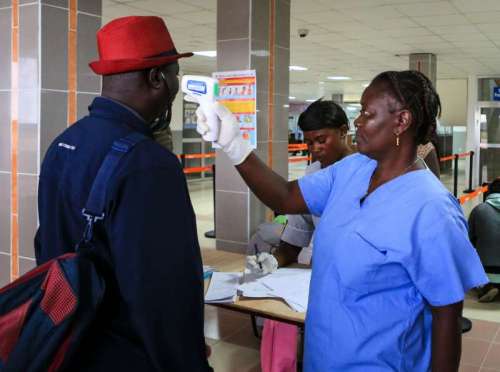
The lethal virus Ebola can have many strains but thanks to a new drug discovery tool, there could soon be therapies to treat all known strains and likely future strains of the disease.
Researchers have produced a molecule, known as peptide mimic, that displays a functionally critical region of the virus that is universally conserved in all known species of Ebola, a new study showed.
This new tool can be used as a drug target in the discovery of effective anti-Ebola agents.
“Our target will enable the discovery of drugs with the potential to treat any future epidemic, even if new Ebola virus strains emerge,” said lead study author Tracy Clinton from the University of Utah.
Ebola is a lethal virus that causes severe haemorrhagic fever with a 50 percent to 90 percent mortality rate. There are five known species of the virus.
Over 6,500 people have been infected and over 3,000 have died in the Ebola virus outbreak in West Africa, so far.
There are no approved anti-Ebola agents, but a number of promising experimental drugs are being aggressively advanced to clinical trials to address the current crisis.
“Although the current clinical trials will hopefully lead to an effective treatment for the Zaire species causing the present epidemic, the same treatments are unlikely to be effective against future outbreaks of a different or new Ebola species,” said Debra Eckert from the University of Utah.
Development of a broadly acting therapy is an important long-term goal that would allow cost-effective stockpiling of a universal Ebola treatment, Eckert maintained.
The study appeared online in the journal Protein Science.